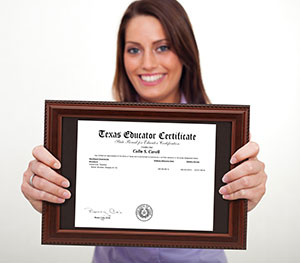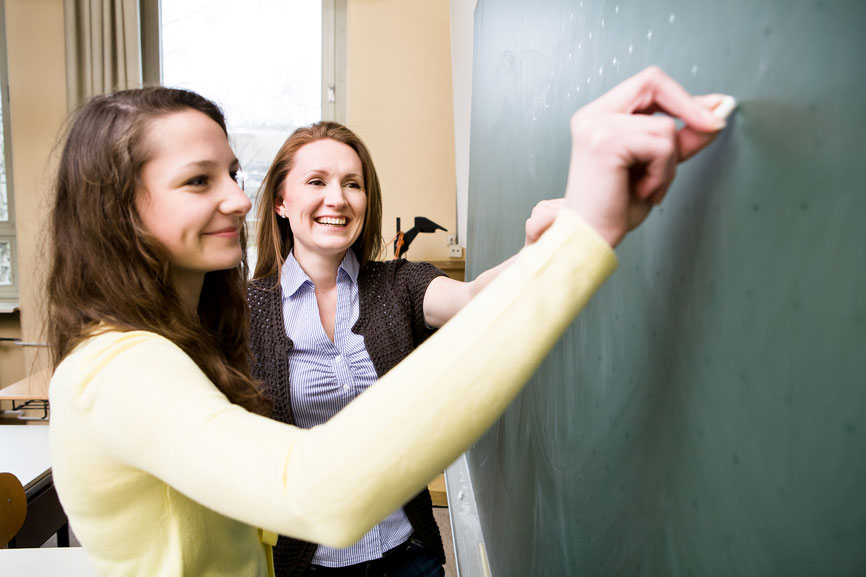Life Science Teachers
Life science, also known as biology, is the branch of science that studies life. Life science as a discipline classifies living organisms, past and present, and examines how they came to be, how they function, and how they interact with their environment.
Though the field of life science includes dozens of specializations, its three broad areas include botany, the study of plants; zoology, the study of animals; and microbiology, the study of microorganisms.
Life science or biology classes taught in high schools provide students with an introduction to the field and allow them to explore themselves and the organisms living around them.
Life science teachers introduce students to the scientific method, a series of techniques for acquiring new knowledge and correcting previous knowledge through observation, experimentation, and the formulation and testing of hypotheses. Biology teachers teach their students to use the scientific method in their study of a wide variety of topics including:
- Cell theory: all organisms are made up of cells, which emerge through preexisting cells that multiply through cell division
- Evolution: a population’s traits change throughout generations
- Gene theory: living organisms’ traits are encoded in their DNA, the fundamental component of genes, and traits are passed from one generation to the next through genes
- Homeostasis: physiological processes allow organisms to maintain its internal environment regardless of its external environment
Life science certifications qualify teachers to teach eight grade students in addition to biology, environmental, aquatic sciences, and health science technology classes to high school students in grades 9-12.
In addition to their regular teaching duties, biology teachers may also be expected to serve as homeroom teachers, study-hall supervisors, or sponsors for extra-curricular student organizations.
Life Science Teaching Methods
When teachers allow students to practice the scientific method through experiments and investigations, they not only teach the method, but they also inspire students’ interest in science.
Laboratory activities, including observation of cells under a microscope, give the students concrete examples to help them understand the theoretical concepts taught in lecture. Field trips to science centers that have programs for high school biology students can also be valuable learning experiences.
Life Science Resources
Individuals considering a career in life science can find plenty of resources through a simple Internet search.
Federal Resources for Educational Excellence (FREE) offers teaching and learning resources about zoology, botany, cells, diseases and many other resources on the US Department of Education web site:
Requirements for Teaching Life Science
To work in a Texas public school, applicants must have a teaching certification, which can be obtained through an education degree or an Alternative Certification Program.
Alternative certification programs are attractive options for individuals who would like to become a teacher without obtaining a degree in education.
The (WCACP) is an entirely online course that provides a path for individuals to obtain their teaching certification from the comfort of their own homes. The courses, video-conferences, and chats are conducted online, so students can work at their own pace.
Individuals interested in teaching life science can benefit from the 8-12 Life science content area. Completing the WCACP with the life science specialization provides a certification to teach eighth – twelfth grade life science in any Texas middle or high school.










